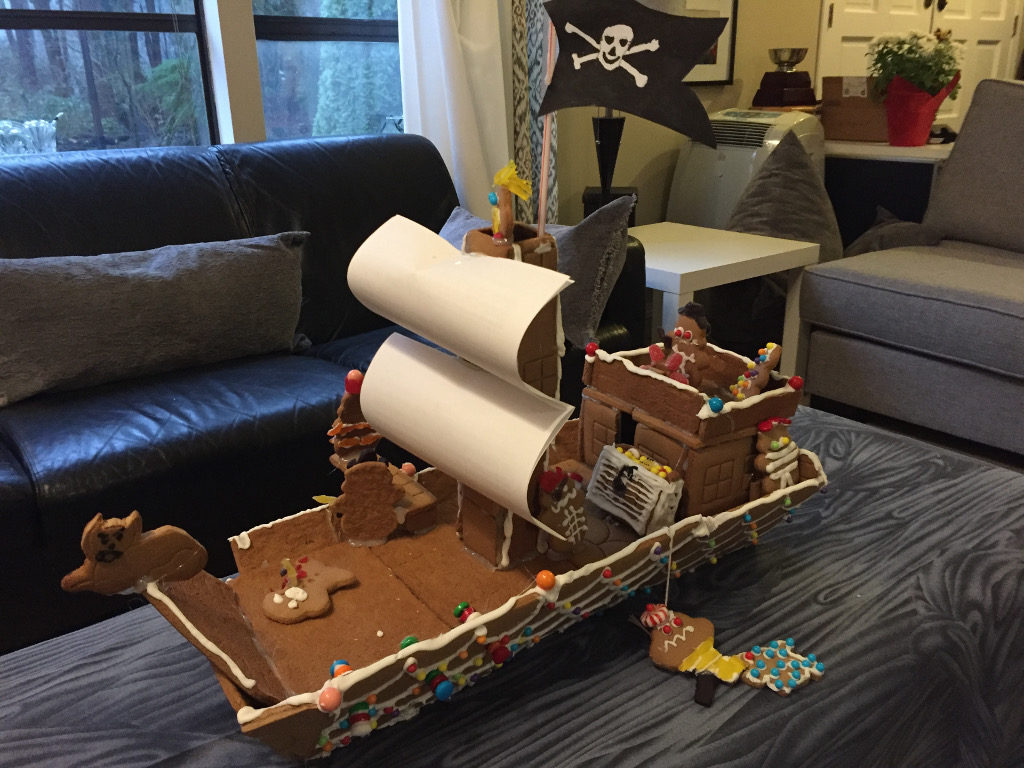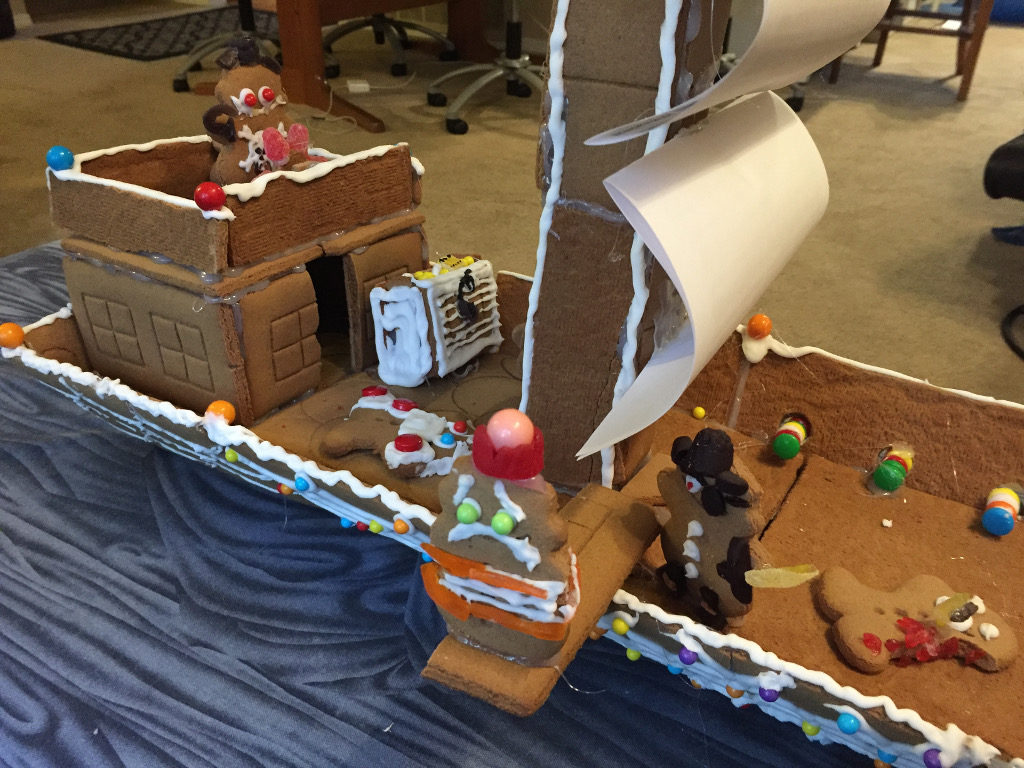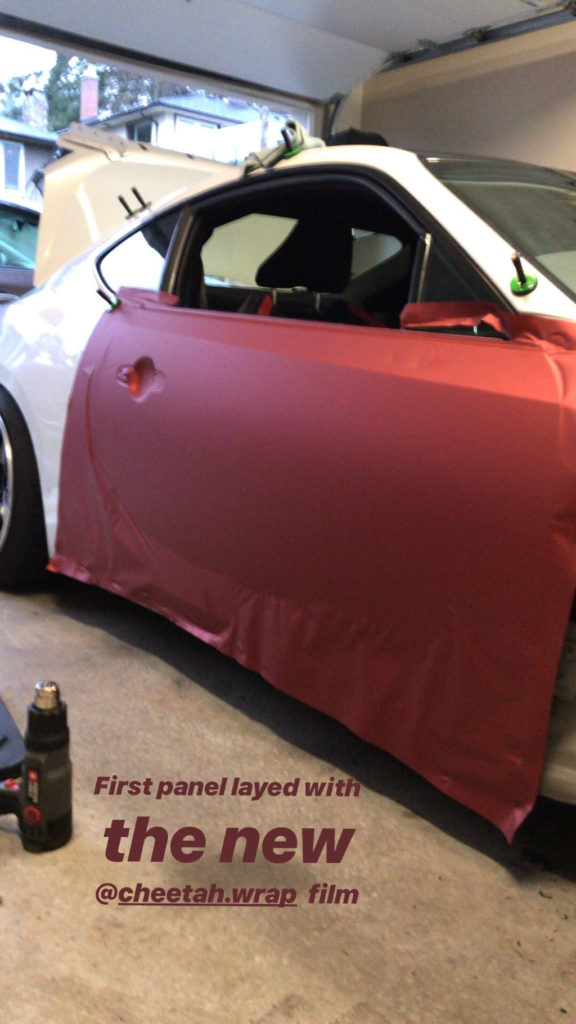The following are the links to articles, blog post, YouTube videos, TED Talks, and books that were used or referenced in a variety of talks and workshops on Online Learning and the Online Blended Learning – Learning Lab:
Workshop Slides, Resources & PDFs Free COVA eBook
VCC Provincial Instructor Diploma Program
Lamar University Applied Digital Learning Masters of Education
Steve Pinker Enlightenment Now: The Case for Reason, Science, Humanism, and Progress
Technology – No Significant Difference
- Why Does Technology Continue to Fail Education?
- We Need More Autodidacts
- Larry Cuban Oversold and Underused: Computers in the Classroom
- Why AI Should Scare Some Educators and Not Others
- Why You Need to Rethink Your Role as an Educator
- Why We Are Wasting EdTech Dollars?
Assessment As Learning
- Feedforward Vs. Feedback
- Computers in Schools – Not Working…Yet
- Engaging Synchronous Collaboration with BOPPPS
Connecting the Dots vs Collecting the Dots
Change in Focus Part A
Links to Authentic Learning & CSLE+COVA posts:
I have been advocating authentic learning or project-based learning and creating significant learning environments for decades both professionally and personally. Talking the talk as an academic takes on a much more significant perspective when you walk the walk in your personal life.
- Benefits of Life Long Authentic Learning Opportunities
- Authentic Learning Leads to Authentic Adventures
- Power of the Continual Practice of Authentic Learning
- Five Standards of Authentic Learning
- Why Authentic Learning Converts Into Lifelong Learning
- Do You Care Enough to Let Them Take Ownership of Their Learning?
Creating Significant Learning Environments
- CSLE
- Significant Learning Environments
- Why Create Significant Learning Environments
- Optimal Learning Environments
- Arts Integration for Deeper Learning: Its the Context and Environment that Matter
- Piaget’s Key Implications for Learning
The CLSE+COVA section of this site is also a great starting place to see how to create a significant learning environment by giving your learners choice, ownership, and voice through authentic learning opportunities
Community of Practice (CoP) Lead Links:
https://jamievelazquezdlleportfolio.wordpress.com/innovation-plan/
https://jerryyamashita.com/adultedtech-blog/disruptive-innovation-step-by-step
https://sites.google.com/a/bunaisd.net/kdarling/kathy-s-blog/newjeans
https://www.cflexon.com/
https://sites.google.com/view/teachingblueprint/blended-learning-innovation-plan?authuser=0



































